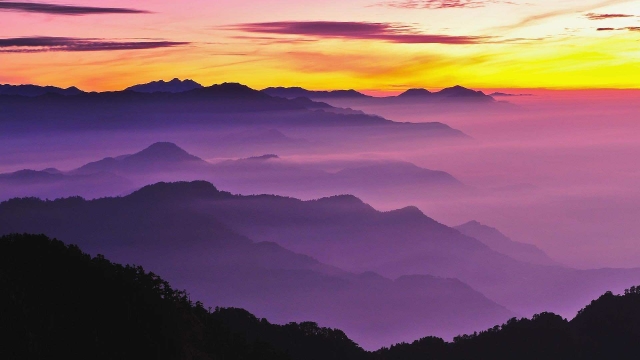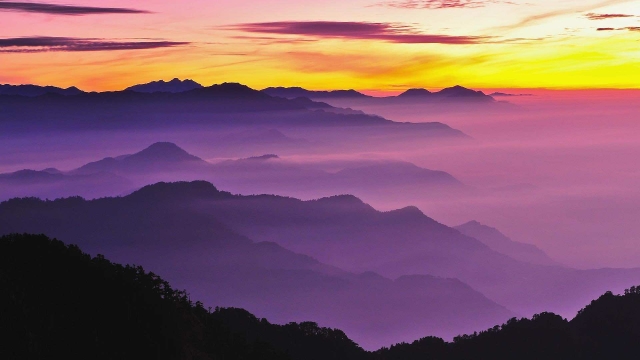A greater serious effect of nitrogen is referred to as Caisson’s Disease additionally known as decompression illness, which is while nitrogen starts to shape bubbles in the diver’s body. This will become an issue while the diver returns to the floor and normal air strain and may cause loss of life. This is why one of the most critical things to bear in mind for divers is to by no means move too deep too fast and never to head lower back to the surface too speedy.
What is Scuba Diving – Safety?
Dive Center bali The predominant element to don’t forget with scuba diving is that [you need to be safe]. Do not cross diving on your personal and don’t be tempted into buying diving equipment and surely giving it a move with out the right education. Research some exact diving schools in case you need to go scuba diving.
Scuba diving is relatively popular, so whether you want to move diving in Asia or diving within the Red Sea, for instance, diving in Sharm El Sheikh, or everywhere else in the international for that depend, you’ll be capable of discover top diving schools in the ones areas. Touristic locations, like diving in Sharm El Sheikh, will likely have a variety of diving colleges, so see if you can do some research on them earlier than your holiday.
What is Scuba Diving – Some Interesting facts
Did you recognize…
For recreational divers, the depth restrict is between 30 and 40 meters (equating to a hundred to 133 ft). If you need to move deeper, unique education or a specially educated friend is needed.
Nuno Gomes holds the arena report for private scuba dive at 318 meters (or 1044 toes). He defeated John Bennet (deceased), who dove to 308 meters (or 1016 feet). There is a French diver, Pascal Bernabé, who maintains that he has been capable of dive deeper (330 meters or 1083 toes), however that is unconfirmed.
What is Scuba Diving – Some Interesting Dives
If you do revel in scuba diving, there are a pair of factors you could do to make it even greater thrilling. There are many synthetic reefs, for example. These artificial reeds have been created both to restore destroyed coral or as a systematic experiment to peer how coral grows and how it draws other marine lifestyles. There are many wrecks, for instance, which have been purposely sunken to create synthetic reefs.


